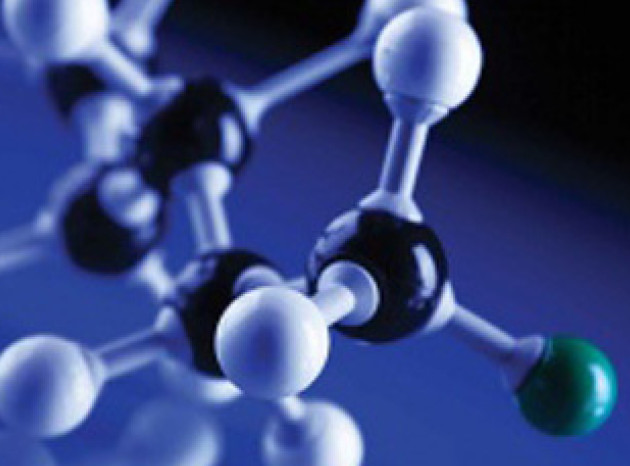When designing an industrial chemical process, a ‘molecular systems engineer’ like Professor Claire Adjiman thinks carefully about how different molecules may affect the performance of the process at the manufacturing scale. The work is computationally intensive, but also requires a different way of thinking.
 Professor Adjiman says that historically there has been a disconnect between decisions that were taken by bench chemists early on in process design - the best solvent to run a reaction in the lab, say - and the decisions made in a processing plant to improve efficiency, reduce costs and minimise waste. A molecular systems engineering approach aims to get the bench chemists and process systems engineers working together from the start.
Professor Adjiman says that historically there has been a disconnect between decisions that were taken by bench chemists early on in process design - the best solvent to run a reaction in the lab, say - and the decisions made in a processing plant to improve efficiency, reduce costs and minimise waste. A molecular systems engineering approach aims to get the bench chemists and process systems engineers working together from the start.
It is easy to see why this is important to industry says Adjiman. In one example, a batch process in an agrochemical plant, the longest step is separation by a solvent. With one solvent molecule this step takes 18 hours. But with a different solvent molecule that is 'good enough' at the bench level the separation step can be reduced to 15 hours. Over a year of plant operation this would save the manufacturer 40 days, a considerable cost and efficiency saving.
Not surprisingly, Adjiman and colleagues work with many industrial partners. From oil and gas companies, to agrochemical and pharmaceutical industries. The problems faced by each industry can be quite different says Adjiman so it was important for them to develop a computational approach that can work across different processes.
 For example, the molecules in oil and gas belong to only a few chemical families - there are lots of compounds but they are all fairly similar. In pharma, the molecules are more diverse, and the solid-liquid interactions pose additional challenges. But in all industries, solvent decisions are hugely critical - estimates suggest that solvent use in pharma account for 50% of their overall energy use and 60% of their greenhouse gas emissions.
For example, the molecules in oil and gas belong to only a few chemical families - there are lots of compounds but they are all fairly similar. In pharma, the molecules are more diverse, and the solid-liquid interactions pose additional challenges. But in all industries, solvent decisions are hugely critical - estimates suggest that solvent use in pharma account for 50% of their overall energy use and 60% of their greenhouse gas emissions.
Solvent choice can enhance reaction rates by as much as five times, yet traditional approaches to choosing solvents start from a limited set of choices and rely on time-consuming and costly bench experiments. Using their software models, Adjiman says they recently predicted the best solvent for one particular reaction (where ‘best’ means 40% faster reaction rate), after exploring a pool of 1,300 candidates within just a few days' computational time, and identifying a solvent to be tested experimentally.
In the field of carbon capture and storage for power plants, Adjiman says they have not yet found the magic solvent. The complexity in this area is that you need a reactive solvent to bind the carbon dioxide tightly. This makes it harder to regenerate the solvent: energy is required to separate the CO2 from the solvent which reduces efficiency of power plant.
But after ten years of research in Molecular Systems Engineering they now have the tools to start designing new solvents. Picking the 'best' is a balance between many different factors, all of which can reduce capital and operating costs, as well as minimizing waste and consumption. Watch this design space.
Research support
Discover the support available across the Faculty and College to help the academic community: